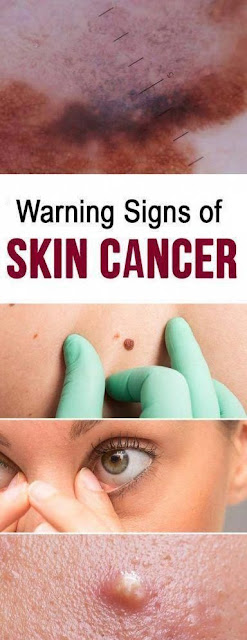Skin cancer is a serious and potentially life-threatening disease that can affect anyone, regardless of their age, gender, or ethnicity. Fortunately, early detection is key to successful treatment, and understanding the warning signs of skin cancer can help you identify the disease in its early stages. In this article, we will explore the warning signs of skin cancer and provide information on how to prevent and detect the disease.
There are several types of skin cancer, including basal cell carcinoma, squamous cell carcinoma, and melanoma. Basal cell carcinoma is the most common type of skin cancer and is usually found on the face, neck, or other sun-exposed areas of the body. Squamous cell carcinoma also often occurs on sun-exposed areas and can spread to other parts of the body if left untreated. Melanoma is the most dangerous form of skin cancer and can occur anywhere on the body, including areas that are not exposed to the sun.
The warning signs of skin cancer vary depending on the type of cancer, but some common symptoms include changes in the size, shape, or color of a mole or spot on the skin. Other warning signs may include the development of a new mole or spot on the skin, a sore that does not heal, or a lump that feels firm to the touch.
In general, it is important to be aware of any changes in your skin, especially if they are new or different from other moles or spots on your body. If you notice any of these warning signs, it is important to see a dermatologist or other healthcare professional as soon as possible for a thorough examination.
Prevention is also key in reducing the risk of skin cancer. Here are some tips to help protect your skin from harmful UV rays:
- Wear protective clothing: Cover your skin with long-sleeved shirts, pants, and hats to help shield your skin from the sun.
- Use sunscreen: Apply a broad-spectrum sunscreen with an SPF of at least 30 to all exposed skin, and reapply every two hours or after swimming or sweating.
- Seek shade: Try to stay in the shade during the sun’s peak hours, usually between 10 a.m. and 4 p.m.
- Avoid tanning beds: Tanning beds emit harmful UV rays that can increase the risk of skin cancer.
- Perform self-exams: Regularly check your skin for any changes, and see a healthcare professional if you notice anything unusual.
In conclusion, skin cancer is a serious disease that can be successfully treated if caught early. Knowing the warning signs and taking steps to prevent skin damage from the sun are key in reducing your risk of developing skin cancer. If you have any concerns about your skin or notice any changes, it is important to see a healthcare professional for an evaluation.
